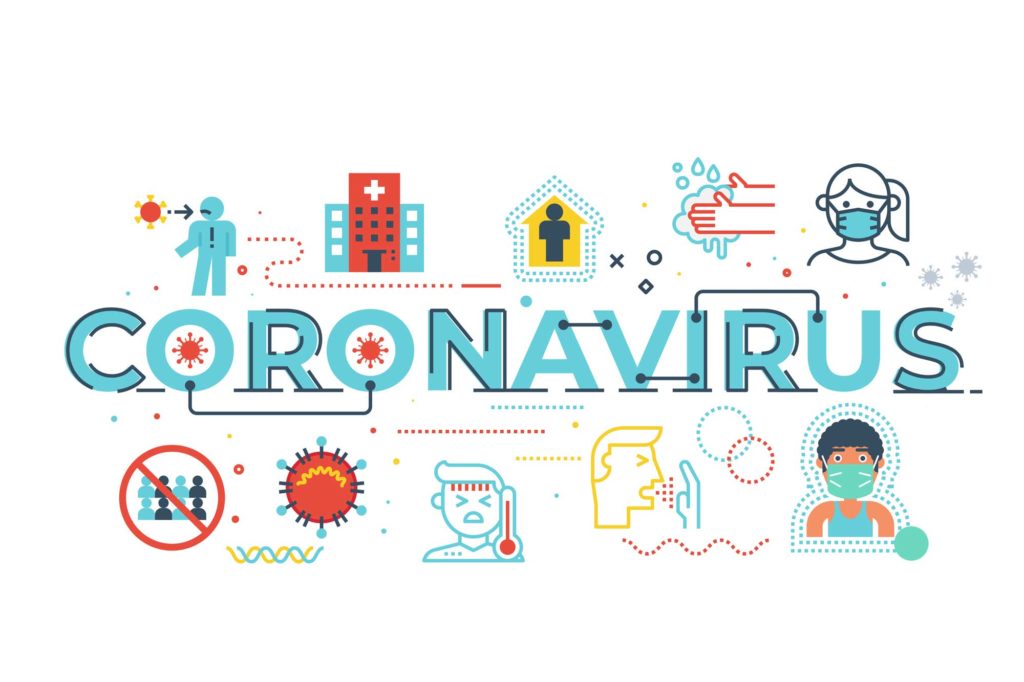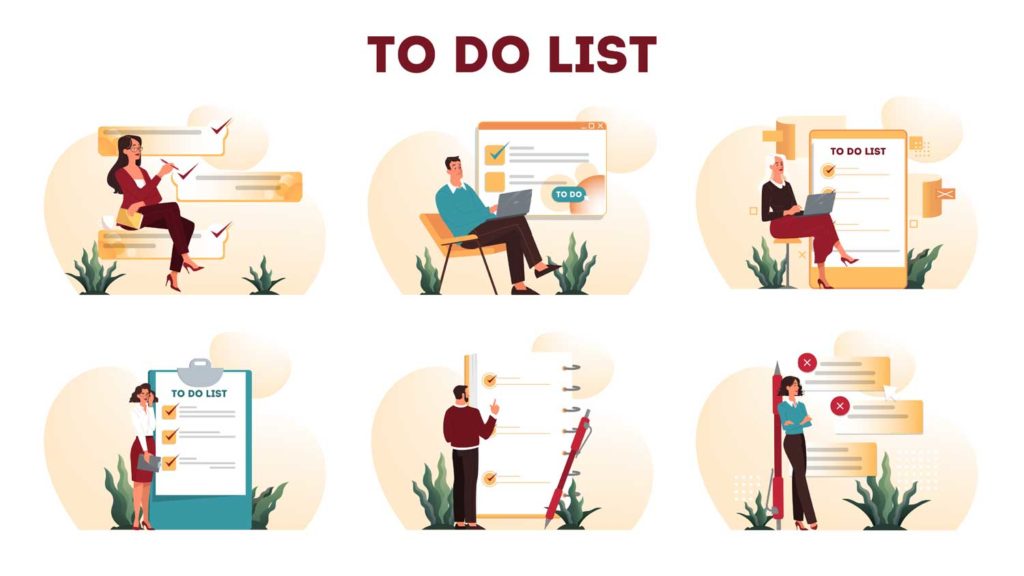
COVID-19 Staffing Strategies during the Coronavirus Pandemic

Ms. Pomerantz is the CEO of TPG Staffing LLC and has over 35 years’ experience in recruiting top talent for some of the largest companies in the world and start-ups alike. She earned a BS from the University of Pittsburgh and a Master’s in Human Resource Management from Rutgers University. She also has senior HR credentials, including both SPHR and SHRM-SCP certifications.

The COVID-19 pandemic has dramatically changed the workplace for many companies in the US and around the world. For some this has led to shutdowns, furloughs, or even bankruptcies as the economic realities of operating in a COVID-19 world have proven too difficult to overcome. Other businesses, however, have shown remarkable resilience in the face of this crisis, adapting their business models and work cultures to a “new normal” while this pandemic rages on. These resilient companies have implemented effective COVID-19 staffing strategies to help them survive and even thrive in the post-COVID years ahead.
Staffing Flexibility is a Key Component of Company Resilience
At TPG Staffing we have long understood how staffing flexibility can lead to successful results in business, enabling companies to adapt to changing market conditions by weathering economic storms or seizing economic opportunities quickly and responsively. We have helped numerous companies make their workforce more nimble and agile by providing staffing services to meet their changing needs quickly and completely through temporary, contract, or permanent staffing solutions. The unique business environment created by today’s COVID-19 pandemic is still not so different from many others in the past. Employing COVID-19 staffing strategies that include a flexible, adaptable workforce (and workplace) can give your company the best chance at both short- and long-term success.
Creating a Safe Workplace for your Employees
For organizations that need employees to be on-site In order to operate effectively – ensuring the safety of your workplace is a primary concern. How can you make your workplace as safe as it can possibly be for your employees? The most important covid-19 staffing strategy starts with limiting the number of on-site employees to those who are absolutely essential to your company’s operations. This makes workplace social distancing measures much easier to enact by reducing the total number of individuals you need to distance from one another.
The Great Mask Debate
Unfortunately for the country’s fight against the COVID-19 pandemic, wearing a mask has acquired a political dimension with certain segments of the population viewing the decision to don a mask as a political one. However, from a scientific standpoint, the evidence is clear that mask-wearing plays a significant role in reducing the spread of this deadly disease, particularly when close to 100% compliance can be achieved in a given environment. The workplace is one area where this goal can be achieved and serve the healthcare needs of employees and employers alike.
How to Mask – And How Not To
Once you’ve decided to institute a mask-wearing policy in your workplace, you still need to set guidelines for its enforcement, like any other workplace procedure. Employees need to know what constitutes an appropriate mask and how their masks should be worn and handled properly. The World Health Organization has developed a helpful graphic outlining the “DOs” and “DON’Ts” of mask-wearing that you could distribute to employees or even post on the walls of your workplace in multiple locations to make your expectations clear to your staff.
Here are the DO’s:

And, here are the DON’T’s:

Having Many Employees Work from Home
For most companies, the best social distancing practice during the COVID-19 pandemic is to have employees work from home rather than at the office. However, without the right systems in place, this can lead to employees becoming disengaged from the company and their fellow co-workers. This disengagement can then result in lower productivity or motivation among your workforce. In response to this potential pitfall of remote work arrangements, the Society for Human Resource Management has developed a list of five steps that can help keep employees engaged while they work from home during the COVID-19 pandemic. Each of these five steps can help you get the most out of your employees during the difficult days ahead. [1]
Step #1: Prioritize Communication

One drawback of working remotely is the feeling that you are not as connected to the daily life of the company as you would be working in the office each day. SHRM recommends managers conduct a daily check-in to: see how employees are doing, inquire if you can do anything to help them perform their work, and communicate any important company news to keep everyone “in the loop.” In addition, it’s important to listen to any concerns employees may have so that they aren’t left feeling overwhelmed, isolated, or anxious. If they do express these kinds of concerns be receptive to adapting or making changes in how you conduct your remote working arrangements. [2]
Step #2: Set Clear Expectations

Making sure that your employees are aware of your expectations will cause them to be more motivated to meet them. If you want employees to be online during specific hours of the day, or to give you daily reports of what they are working on make sure to clearly and specifically ask for these things. This is a new situation for everyone, and employees need time to adjust to their new work environment – setting clear expectations can help them make this adjustment more easily. It is also important to be patient and understanding with workers who may not have an ideal telecommuting situation at home due to childcare issues or other responsibilities. [2]
Step #3: Recognize Good Work

Recognizing and rewarding employees for their hard work is always a good company policy that can boost employee engagement even during “normal” times. During the COVID-19 pandemic, it is even more important to incentivize continued productivity and dedication from your employees. This kind of recognition can take many forms – from a public company-wide email recognizing a specific employee’s accomplishment to a more private message accompanied by an electronic gift card for local food delivery or other “pandemic-friendly” rewards. [2]
Step #4: Encourage Work/Life Balance

Remote employees can have a particularly difficult time maintaining a healthy work/life balance because there is not a physical separation between their workspace and their personal space. This can make staff feel like they need to be available for work 24/7, leading to unnecessary stress and even burnout among telecommuters. It is important to create boundaries between our work and personal lives, and managers can help remote employees do this by encouraging (and modeling) an adherence to “normal” work hours as much as possible. [2]
Step #5: Demonstrate a Collaborative Culture

Employees always tend to be more engaged when they genuinely feel like they are part of a team. Unfortunately, when working from home, it can be hard to feel this type of connection with your coworkers and the overall company. Managers of telecommuting employees need to do everything they can to help their employees feel like they are still working together toward a common goal, even though they may be physically separated from one another. During this pandemic, a sense of belonging to something larger than oneself can have a number of positive professional and even personal consequences as we all try our best to navigate these difficult times. [2]
TPG Staffing has decades of experience in the staffing industry. We are here and ready to help you implement successful COVID-19 staffing strategies to keep your workers safe, while improving your hiring success, filling in your employment gaps, and landing the talented professionals your business needs. We invite you to discuss your workforce needs in an initial consultation by contacting us at 732-246-7100.